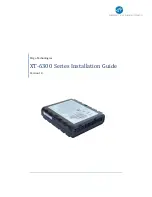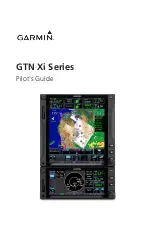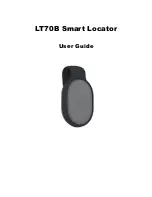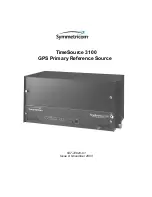
WinFrog User’s Guide - Appendix C – GPS/MX 9400
Page 1 of
22
WinFrog Device Group:
GPS
Device Name/Model:
MX9400
Device Manufacturer:
Leica Geosystems Inc
23868 Hawthorne Boulevard
Torrence, CA 95050 USA
Tel: (310) 7915300
Fax:(310) 791-6108
E-mail: info@leica-gps.com
Device Data String(s)
Output to WinFrog:
Configurable: can incl. NMEA and Leica proprietary
WinFrog Data String(s)
Output to Device:
A series of $PMVXG type strings for unit initialization
and enabling of output options. (See Configuration
Details for more info.)
WinFrog Data Item(s) and their
RAW record:
POSITION 303
TIMEDATE 999
DEVICE DESCRIPTION:
There are two different MX 9400 models: the MX9400N and MX9400R. The MX9400N is
designated as a navigator model, whereas the MX9400R is a reference station model.
(Note that the MX9400R can also be used for mobile operations). There is also a MX9401R
model that is the same as the MX9400 except that it is packaged in a weatherproof
housing. All references below will refer to these units simply as the MX9400.
The MX9400 processes both the C/A and P Code measurements to generate three-
dimensional positions. The MX9400 can accept standard RTCM SC-104 input to
generate and output a differentially corrected position. The MX9400 can also output
pseudorange, ephemeris, and time and date information, which can be used by
WinFrog’s GPS Calculations extension module to internally calculate a GPS position.
The MX9400 utilizes 4 serial interface ports that communicate via a set of proprietary
sentences in accordance with the NMEA –0183 standard to command and control the
equipment. These 4 ports are combined into a 25 pin “DB” type multi-port interface
connector found at the rear of the unit. A special cable must be used in conjunction with
the multi-port interface. This cable splits the single port into 4 separate connectors, each
representing an individual “port” and providing a specific purpose.
Port 1,2, and 3 are RS-232 ports; Port 4 is a RS-422 port. Port 1 is fixed as the Control
Port. All ports are factory set to 9600 baud, but are configurable to range from 300 to
38,400 baud.
The MX9400’s four ports have the following default configurations:
Port 1: RS232, PC control and data messages, 9600 baud default–Input/Output
This port is used to receive control commands from WinFrog.
Port 2: RS232, Instrumentation/Raw data – Output

































